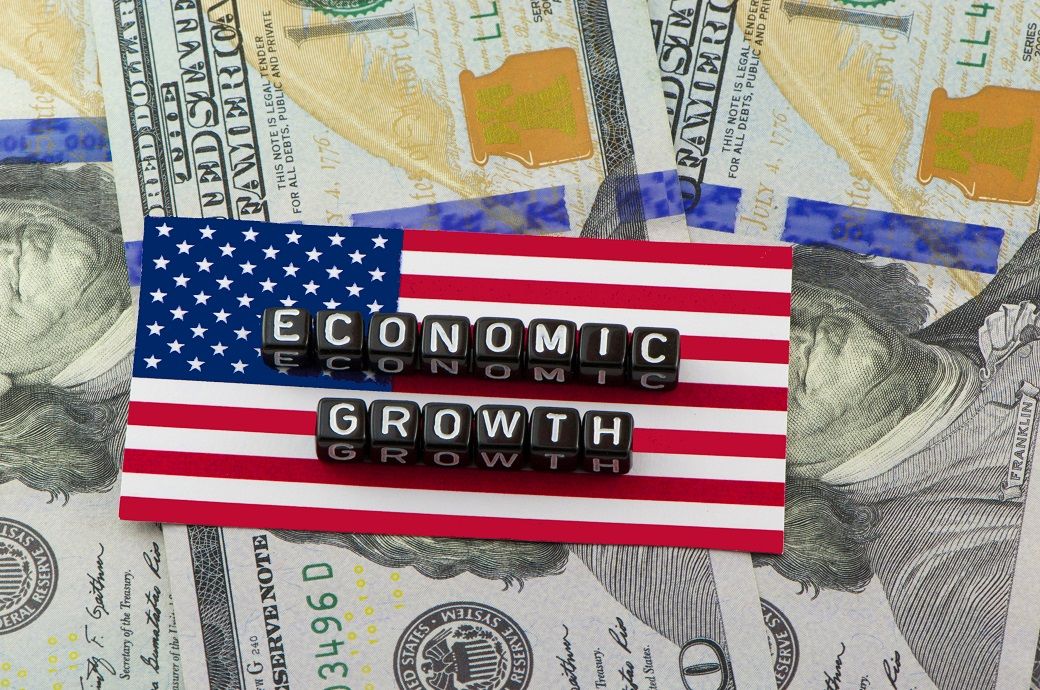
The increase in real GDP was largely due to increases in consumer spending, exports, federal and state government spending, and non-residential fixed investment. However, these gains were partly offset by decreases in private inventory investment and residential fixed investment. Imports also increased, which is a subtraction in the calculation of GDP.
Consumer spending in the US increased due to an increase in goods, particularly consumer goods excluding food and automotive. Meanwhile, the increase in federal government spending was led by nondefense spending. The decrease in private inventory investment was driven by wholesale trade and manufacturing, while the increase in imports was mainly due to durable consumer goods, as per BEA.
Compared to the fourth quarter of 2022, the deceleration in real GDP in the first quarter of 2023 was primarily due to a downturn in private inventory investment and a slowdown in non-residential fixed investment. However, these movements were partly offset by an acceleration in consumer spending, an upturn in exports, and a smaller decrease in residential fixed investment. Imports also turned up.
The current dollar GDP increased 5.1 per cent at an annual rate, or $327.9 billion, in the first quarter of 2023, to a level of $26.47 trillion. In the fourth quarter of 2022, GDP increased 6.6 per cent, or $414.1 billion.
The price index for gross domestic purchases increased 3.8 per cent in the first quarter of 2023, compared with an increase of 3.6 per cent in the fourth quarter 2022. The PCE price index increased 4.2 per cent, compared with an increase of 3.7 per cent. Excluding food and energy prices, the PCE price index increased 4.9 per cent, compared with an increase of 4.4 per cent.
Fibre2Fashion News Desk (DP)